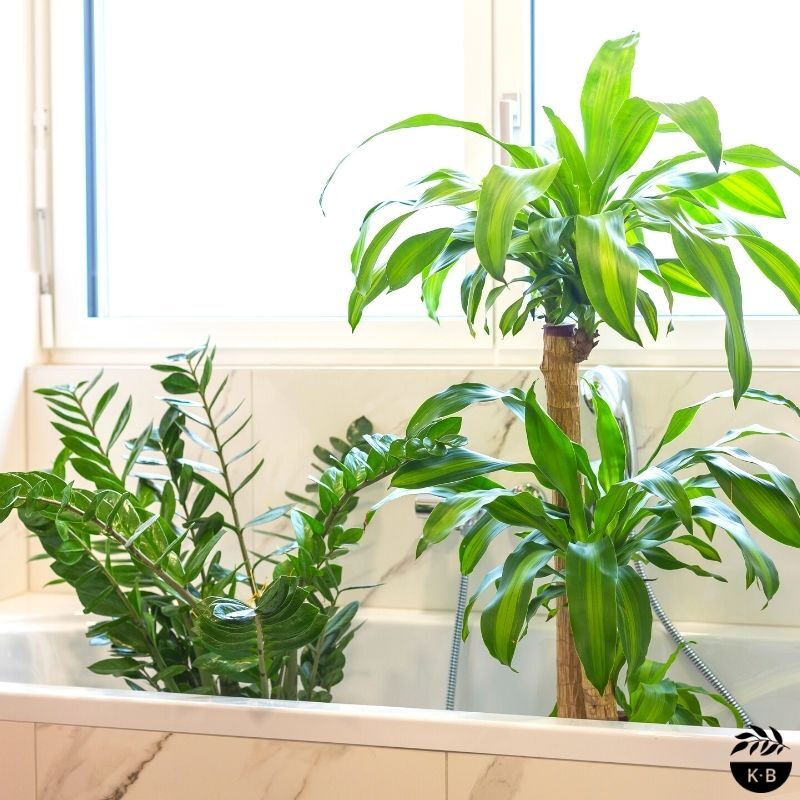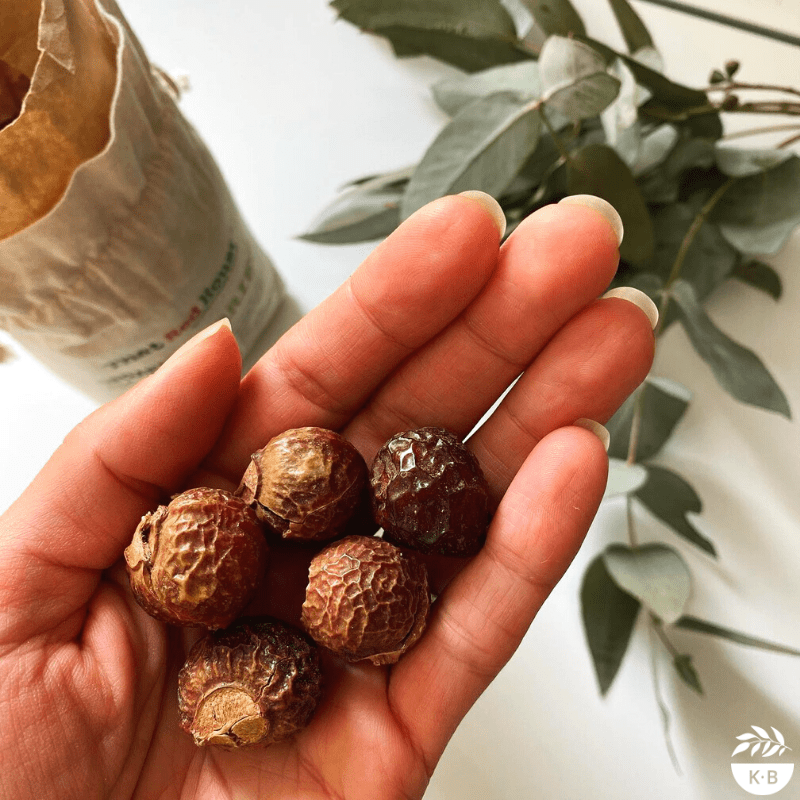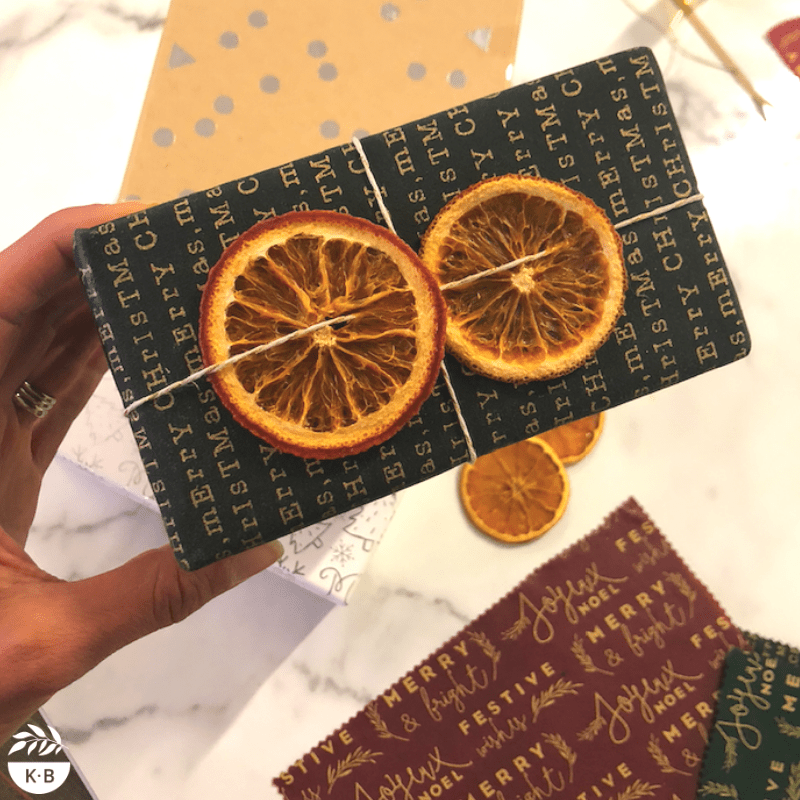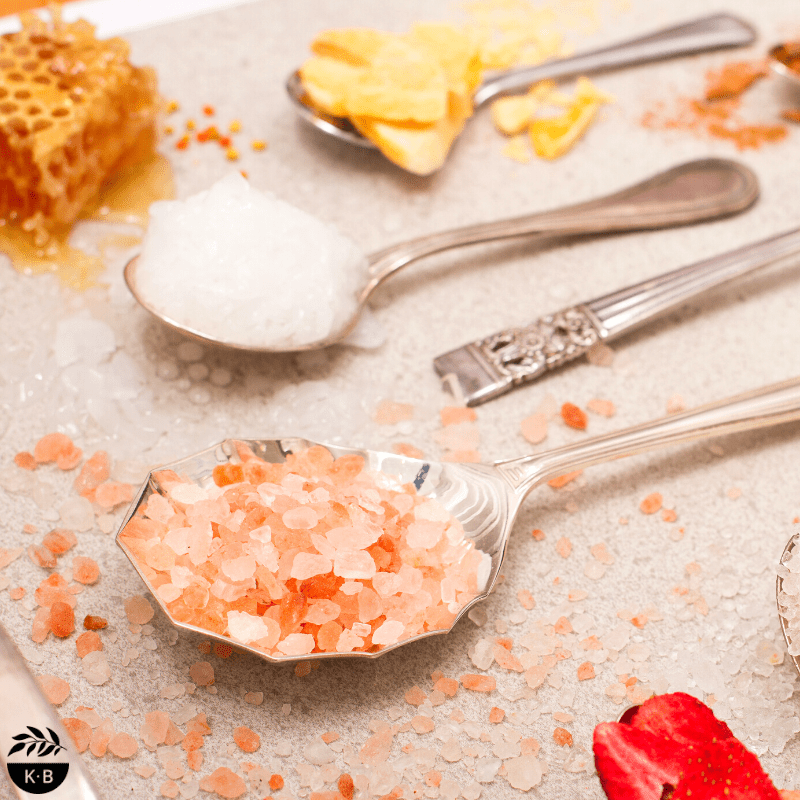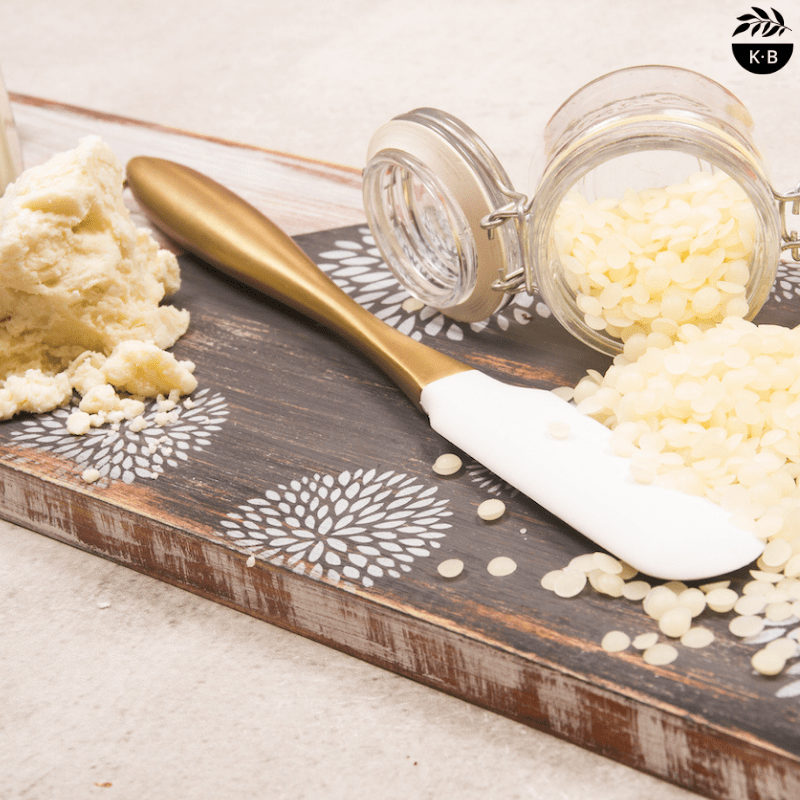 I’ve spent a fair bit of time travelling to different cities and states across Australia, meeting lots of new people. Some are well-established in their journey towards a life less toxic, and others that have given it some thought, taken a few little steps but haven’t felt quite ready to take the leap yet.
I’ve spent a fair bit of time travelling to different cities and states across Australia, meeting lots of new people. Some are well-established in their journey towards a life less toxic, and others that have given it some thought, taken a few little steps but haven’t felt quite ready to take the leap yet.
While I provide so much inspiration and information on my website, and via my socials, I thought it might be useful to reference everything within one blog post. Once you’ve finished reading it, and you’ve become a DIY advocate yourself, perhaps you can share this with people you know that are starting out. Deal?
I absolutely love hearing from people who have had that magical, coveted ‘a-ha’ moment; a moment that has inspired them, transformed their mindset, motivated them to tackle all those things they’ve thought about, but never felt ready to tackle. That is technically the first step in the process. The steps that follow come easier to some than others.
I really wish I could connect personally with everyone who felt a little lost as to where to begin – I just know that a few minutes with me, one-on-one, and they’d be skipping away with inspired confidence. But, at this stage, that’s just not possible. I’ve been on this journey for a number of years now and I have learned a lot!
If I knew then what I know now, I would have changed a few things. The benefit of guiding you on your journey, is that you can get some useful tips and advice early on, helping you to transition calmly into the DIY space, with little fuss. I can help you avoid the issues I faced. Of course, I would also encourage you to go rogue and try your own thing, even if it means the occasional teeny tiny ‘fails’ – that’s how we learn after all!
So, if the idea of making your own body care and cleaning products is brand new to you, listen up! The following information will help you.
Let’s Get DIY Ready!
〉Get educated
Become aware, get educated, add some more fuel to your fire. We want a roaring fire, not a few glowing embers!
Let me get you started. Fertility rates are declining, breast cancer is on the rise, microbeads are being found in fish in Sydney Harbour. Chemicals have become a major environmental and health concern, playing a significant role in cancer development, and antibiotic resistance is increasing. Many skincare ingredients contain chemicals of concern, and all of this is affecting our bodies.
These are just snowflakes on the tip of the iceberg, but they are reason enough to cause concern.
〉Create a watch-list
I’ve got a list of the chemicals I believe should be on everyone’s watch-list here. This list is quite long, even though I could easily add dozens more, and it may seem intimidating at first. You might like to read through, see which ones really strike a chord with you, and add them to your own list.
As a bare minimum, I would encourage you to watch out for: fragrance, parabens, triclosan, sodium lauryl/laureth sulfate and ingredients that contain ‘eth’ in their names (such as butoxyethanol, ceteareth, ethyl acetate etc.).
My number one, avoid it at all costs, ingredient is fragrance. I share, what I believe to be important info on, why fragrance is super nasty stuff in this blog. Read it and see how you feel.
〉Get familiar with product packaging/labels
Open your cupboards and take out the products you currently use. Flip them over and look at the information panels. Do you see fragrance listed? Do you recognise many ingredients? Can you see any ingredients on those lists that we’ve spoken about above?
If so, how do you feel about them? Think about whether you use them, whether you need them? This process will help you determine what items you may want to replace. (Remember, long names do not necessarily mean they’re ‘bad’. For example, shea butter is also known as Butyrospermum Parkii, and jojoba oil is technically called Simmondsia Chinensis.)
〉Determine which products you would like to replace with DIY
Rather than throw everything away, I would suggest one of two approaches to making this decision:
1. Wait until you have run out of a particular product, then find the DIY alternative. Some of the most popular starting points for cleaning are: Regular Washing Powder, Foaming Body (or hand) Wash, Citrus Cleaning Spray, and for body care: Night Face Lotion, Whipped Body Cream and Natural Deodorant Paste. This way will certainly ease you into the DIY space at a more relaxed pace, and could be the option that is most sustainable and affordable for many.
2. Replace the items that you use frequently, that will have the most positive and impactful results. This is especially useful if your main motivation is to reduce toxins because of a health or wellness complaint (eczema, migraines, fatigue, eye or lung irritation etc.). Note: if you’re going to discard them, consider recycling programs, like this one, or perhaps donate them to a shelter or to those in need.
You can check out all of my free recipes online, here.
〉Create a list of ingredients
This blog will help you work out the most common ingredients used in my DIY recipes, and how to easily create a list of required ingredients. Basically, you want to create a DIY hit-list, then write down all required ingredients, tallying up quantities required. It’s quite simple really.
I also share info on each of the ingredients I use in my recipes, which is useful if you have never heard of vegetable glycerine or activated charcoal, for example.
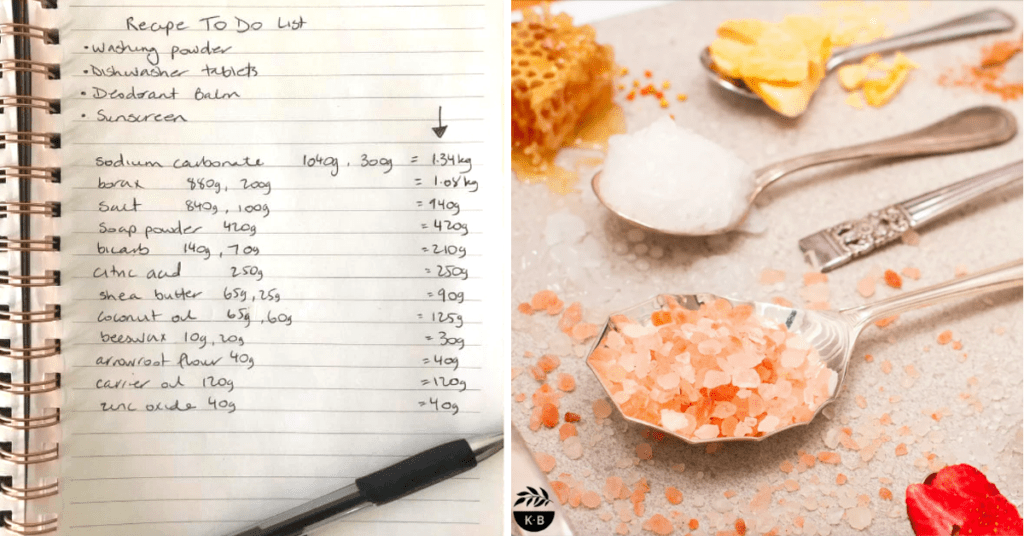
〉Source your ingredients and DIY tools/accessories
I share some of my favourite suppliers of ingredients here. Of course you may have other sources, and if so, please share them with me so I can add them to my list.
When it comes to tools/accessories, I keep it as basic as possible.
Simplicity is among my most favourite of words. Most people can get away with what they have in their kitchen already: bowls, spatulas, spoons, a blender and hand-mixer etc. Kitchen scales that measure to the gram are very handy, as is a double boiler (two nested saucepans: the top, which could also be a glass jug or bowl, containing ingredients, and the bottom with gently simmering water – enough to cover the bottom of the saucepan – about 5 cm).
〉Become familiar with the process
That includes the recipe, safety considerations, shelf life, and tips on cleaning up. It is important that you read every recipe from top to bottom before starting. This helps you to understand the process and get prepared.
In this blog I share information on safety consideration, preservatives and shelf life. It’s so vital to understand that my DIY recipes don’t contain hardcore preservatives, meaning your creations might only last a fraction of the time that your mainstream commercial stuff did (and this is a good thing!). You should also be aware that not all ingredients/recipes are suitable for everyone, such as pregnant women, children and the elderly, and that some ingredients need to be handled with extra care and more respect than others.
I share FAQs, tips and recipe measurement information in this blog – you might find this useful to read before starting.
Cleaning up after DIY is something that can be very simple if you’ve made washing powder or a facial scrub, and tricky if you’ve made sunscreen or body cream (sorry to break it to you!). Once you’ve got these pointers though, you’ll be grand!
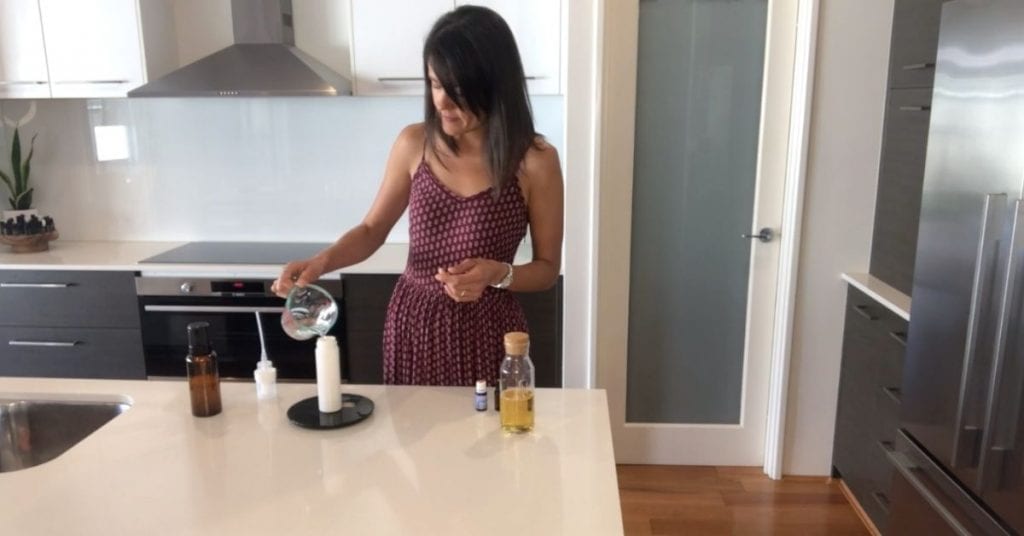
〉Make stuff and enjoy all the awesome feels!
This is the most fun bit, making stuff! A few parting tips:
– Be kind to yourself and be kind to the process.
– Adjust your expectations, and don’t stress if things don’t always work out the first time.
– Join my Facebook chat group and tap into the ideas, advice and feedback of thousands of other DIY-ers!
– To help lighten the load, why not get together with a few friends and make a few different recipes each, sharing your goodies between yourselves? This means you get to invest half the time but get double the reward.
– And finally, pay attention to how DIY makes you feel. Hopefully you feel empowered, motivated, inspired, healthier, cleaner, brighter, better! And if you do, tell someone. The more people that realise we simply don’t need half of the stuff we’re led to believe we need (thanks ‘clever’ marketing from not-so-clever companies), the better off we (and planet and people of tomorrow) will be!

